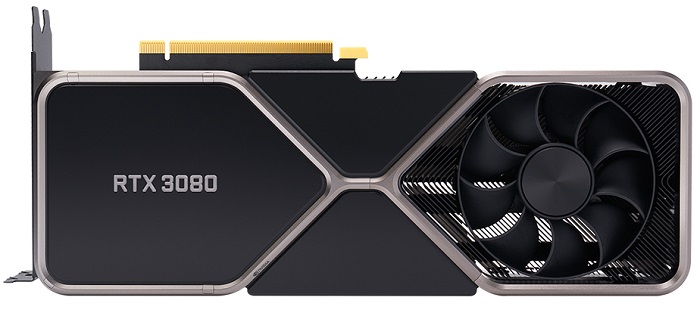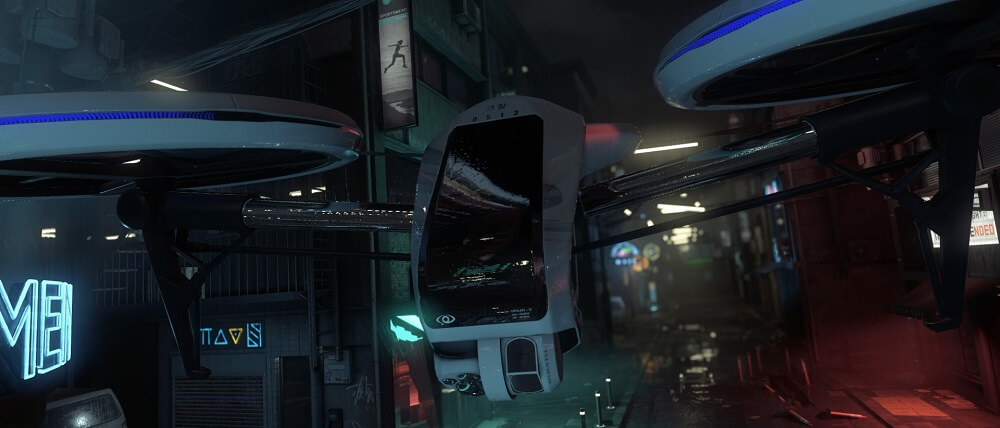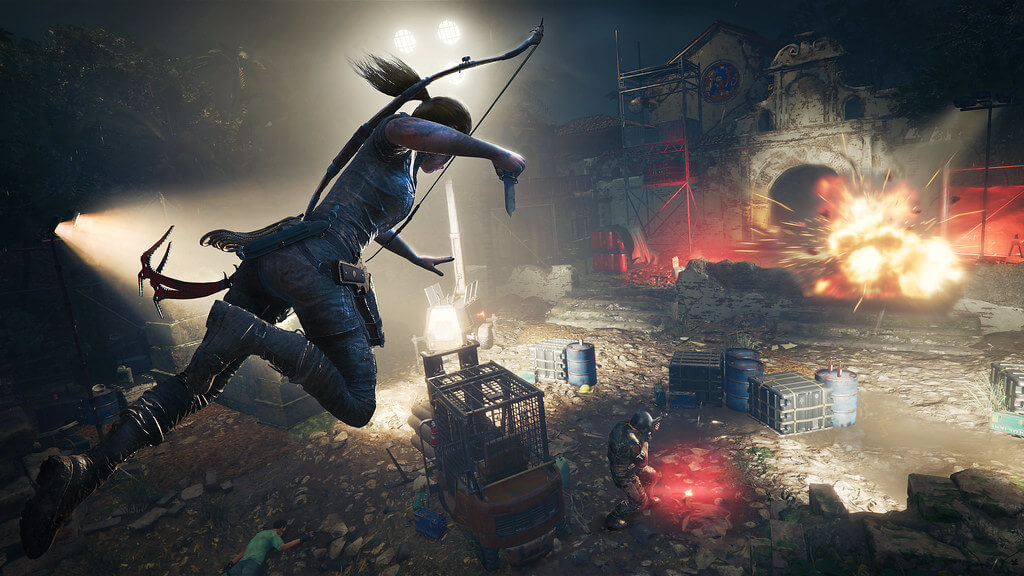When Nvidia introduced its 2000-series Turing generation of graphics cards back in 2018, it was a watershed moment. Not only did they introduce the most powerful graphics cards we’d ever seen, but they made possible a visual feature for games that most thought was a decade away: ray tracing.
They also brought AI machine learning effects like deep learning super sampling, all thanks to specialized hardware acceleration cores that sit right alongside the powerful Turing GPU core and GDDR6 memory.
But where any game can take advantage of the high powered Turing GPU; ray tracing and DLSS need to be supported by specific RTX games. The list of compatible titles may still be relatively short in 2021, but it’s growing all the time, and with the newest generation of games consoles enjoying native ray tracing support, the list is likely to be far longer in the near future.

RTX Ray Tracing on Turing
Ray tracing has long been considered the holy grail of game development. It aims to accurately simulate how real light works in the real world.
It calculates the bouncing of individual photons throughout a scene, whether they’re reflecting off of a shiny metallic surface, refracting through water, or passing through a translucent surface. In each case, each bounce and reflection leads to a change in the light, which in turn affects the scene in different ways.
When you extrapolate that out to millions of light paths throughout a scene, it’s understandable why ray tracing was thought to be a long way off, because it’s exceedingly costly on system resources.
Until Nvidia’s Turing GPUs came along, we’d only seen ray tracing in static images and pre-rendered scenes that are then relayed in video form.

RTX 2000 graphics cards sidestepped that problem by utilizing dedicated ray tracing (RT) cores that could accelerate the ray tracing calculations and make them much less costly on GPU resources. This has been developed even further with the release of the even more powerful 3000 series.
With this new range of graphics cards, 4K ray-tracing is becoming more of an option, with the high-end 3090 managing to hit 40-50 fps even when all the settings have been ultra-fied. However, 1440p is the resolution that allows the 3000 series cards to truly shine when it comes to ray tracing, with the 3090 managing to break 100 fps on some games.
While Nvidia’s RTX cards are the only ones that can leverage hardware acceleration to perform ray tracing calculations in games, the Nvidia GTX cards can do it too. Only, the 1080 Ti is really powerful enough to handle ray tracing at anything above the lowest settings at 1080p though.
What games support RTX ray tracing?
There are three different types of ray tracing offered by games that support RTX ray tracing technology:
- reflections
- shadows
- global illumination
The first only applies ray tracing effects to reflective surfaces like water, metalwork, and glass. Ray traced shadows are more dynamic and nuanced than pre-made solutions by the developers, while global illumination applies ray tracing to an entire scene and is the most costly on system resources of the lot.
Each of these effects typically has some options too, letting gamers pick the intensity of ray traced lighting, and therefore the effect on their GPU’s performance.
The full list of RTX games that support ray tracing as of early 2021, are:
- Amid Evil
- Battlefield V
- Call of Duty: Black Ops Cold War
- Call of Duty: Modern Warfare (2019)
- Control
- Cyberpunk 2077
- Deliver us to the Moon
- Death Stranding
- Fortnite
- Ghostrunner
- Justice Online
- JX3
- Mechwarrior 5 Mercenaries
- The Medium
- Metro Exodus & The Two Colonels DLC
- Minecraft
- Mortal Shell
- Observer: System Redux
- Pumpkin Jack
- Quake II RTX
- Ring of Elysium
- Shadow of the Tomb Raider
- Stay in the Light
- Watch Dogs: Legion
- Wolfenstein: Youngblood
- World of Warcraft: Shadowlands
- Xuan-Yuan Sword VII
What’s to come?
In the near future, this list will expand to include RTX enabled games such as:
- Atomic Heart
- Boundary
- Bright Memory: Infinite
- Convallaria
- Doom Eternal
- Dying Light 2
- Enlisted
- F.I.S.T.: Forged in Shadow Torch
- Five Nights at Freddy’s: Security Breach
- Grimmstar
- Maneater
- Project X
- Sword and Fairy 7
- Synced: Off Planet
- Vampire: The Masquerade — Bloodlines 2
- The Witcher III
RTX DLSS on Turing
Deep Learning Super Sampling, or DLSS, was the second new technology Nvidia introduced with its Turing GPUs.
Leveraging the Tensor, rather than RT cores, it is designed to make games look like they’re rendered at a higher resolution than they are, thereby saving system resources for more important tasks, like handling complicated ray tracing calculations.
DLSS is a multi-step process, that involves Nvidia training its DLSS algorithm on extremely high resolution images on a super computer. When it understands what the high resolution scene should look like, the algorithm can effectively upscale a scene from a lower resolution to something that looks like a higher resolution, typically 1080p to 1440p, and 1440p to 4K, with almost no performance overhead.
It’s a little more involved than that, with additional anti-aliasing and sharpening tools employed to perfect the image, but the end result is a relatively close proximity to a natively rendered scene at a higher resolution.
This allows graphics cards which might not be capable of displaying a 1440p or 4K scene at high frame rates to do so, or to render a scene with ray tracing at a lower resolution to maintain high FPS, without sacrificing detail.

What games support DLSS?
The list of games that support deep learning super sampling is smaller even than that of ray tracing, as of early 2021. It may remain that way as there are more popular sharpening and image enhancement tools from both Nvidia and AMD which don’t require the supercomputer training that DLSS does.
Still, Nvidia has promised to continue developing DLSS and even claims it has developed a generic algorithm that can apply DLSS to a wider array of games, without specialized training. That may mean we’ll see far more games than this in the future.
The current list of DLSS supporting games includes:
- Anthem
- Battlefield V
- Bright Memory
- Control
- Death Stranding
- Deliver us the Moon
- Final Fantasy XV
- Fortnite
- F1 2020
- Mechwarrior 5: Mercenaries
- Metro Exodus
- Minecraft
- Monster Hunter: World
- Shadow of the Tomb Raider
- Wolfenstein: Youngblood
What about AMD graphics cards?
Nvidia’s RTX technologies, both ray tracing and DLSS, are exclusive to Nvidia’s graphics cards because they require Nvidia technologies to run. However, AMD has now released an alternative option for gamers with the release of their 6000 series GPUs.
This new generation of RDNA2 graphics cards finally supports ray tracing, and have even been used by Microsoft and Sony in their next-generation Xbox and PlayStation consoles, both of which also now support ray tracing natively.

In terms of ray tracing power, the Radeon RX 6000 series cards feature new hardware called Ray Accelerators, with each Compute Unit on the graphics card holding one Ray Accelerator. In total, the RX 6800 XT comes with 72 Ray Accelerators.
This dedicated ray tracing hardware enables AMD to finally come close to the performance offered by Nvidia, however, the latter still holds the crown when it comes to the number of frames per second achieved when ray tracing is turned on, especially at higher resolutions and visual settings.
That’s not to say that the AMD 6000 series GPUs create unplayable experiences with ray tracing, they just don’t seem to hit the same level of frames as the Nvidia 3000 series does.
Overall, AMD still has some work to do in order to completely close the gap with Nvidia, but these 6000 series GPUs should definitely not be overlooked.
Building an RTX gaming PC
If you want to build a gaming PC that can play the games that take advantage of ray tracing technology right now though, you’ll need to go Nvidia.
For advice on the best GPUs for the job, as well as tips on other components, give our Chillblast system building experts a call, and they’ll walk you through how to build your dream RTX gaming PC.
More resources:
Undecided between GPUs? Check out this article that compares the 2080 to the 2080 Ti!
Check out this article for a MFAA vs MSAA anti aliasing comparison in Battlefield Hardline!
On a tighter budget? Check out this article that looks at the best GPU for under £500!






